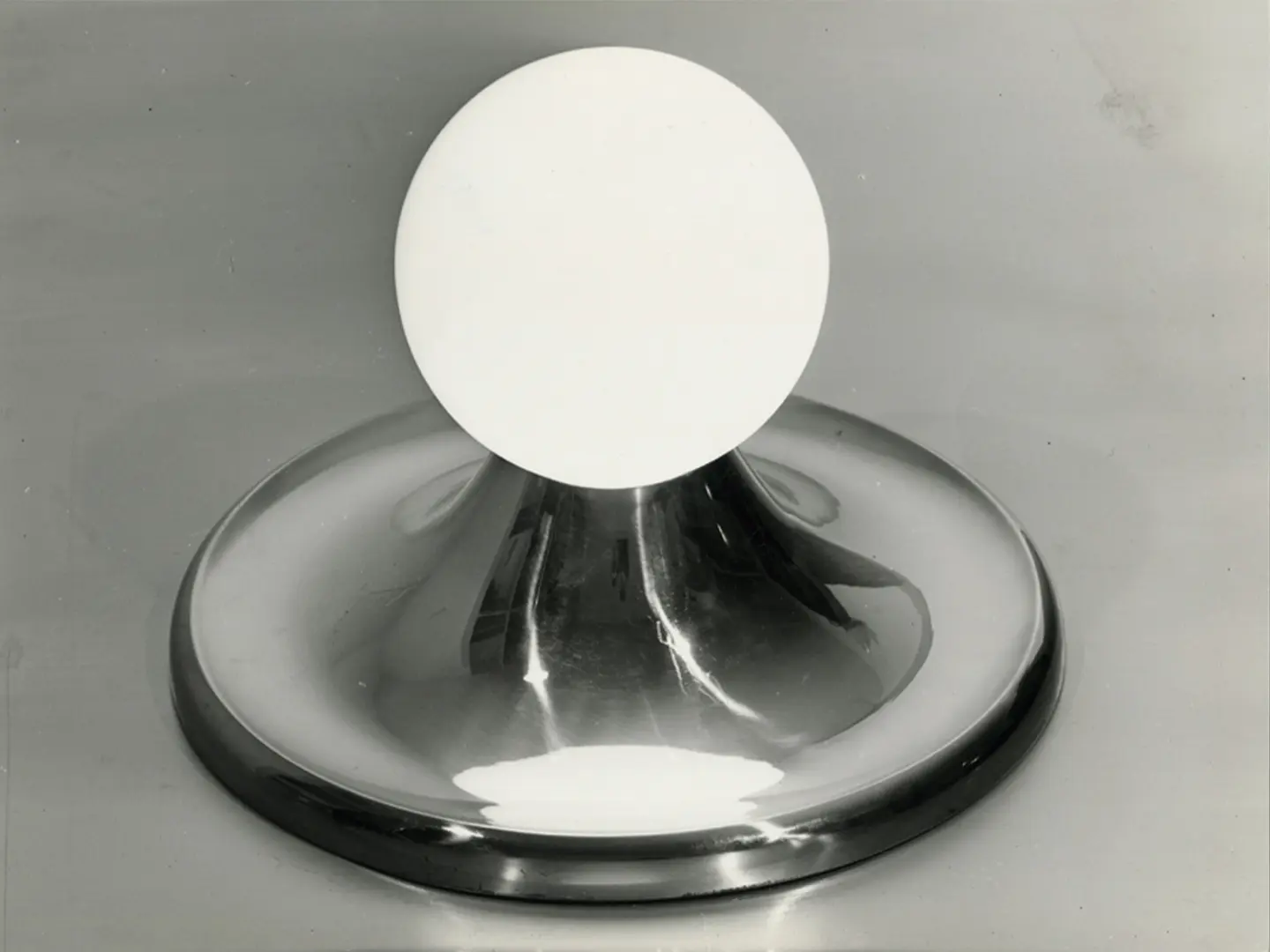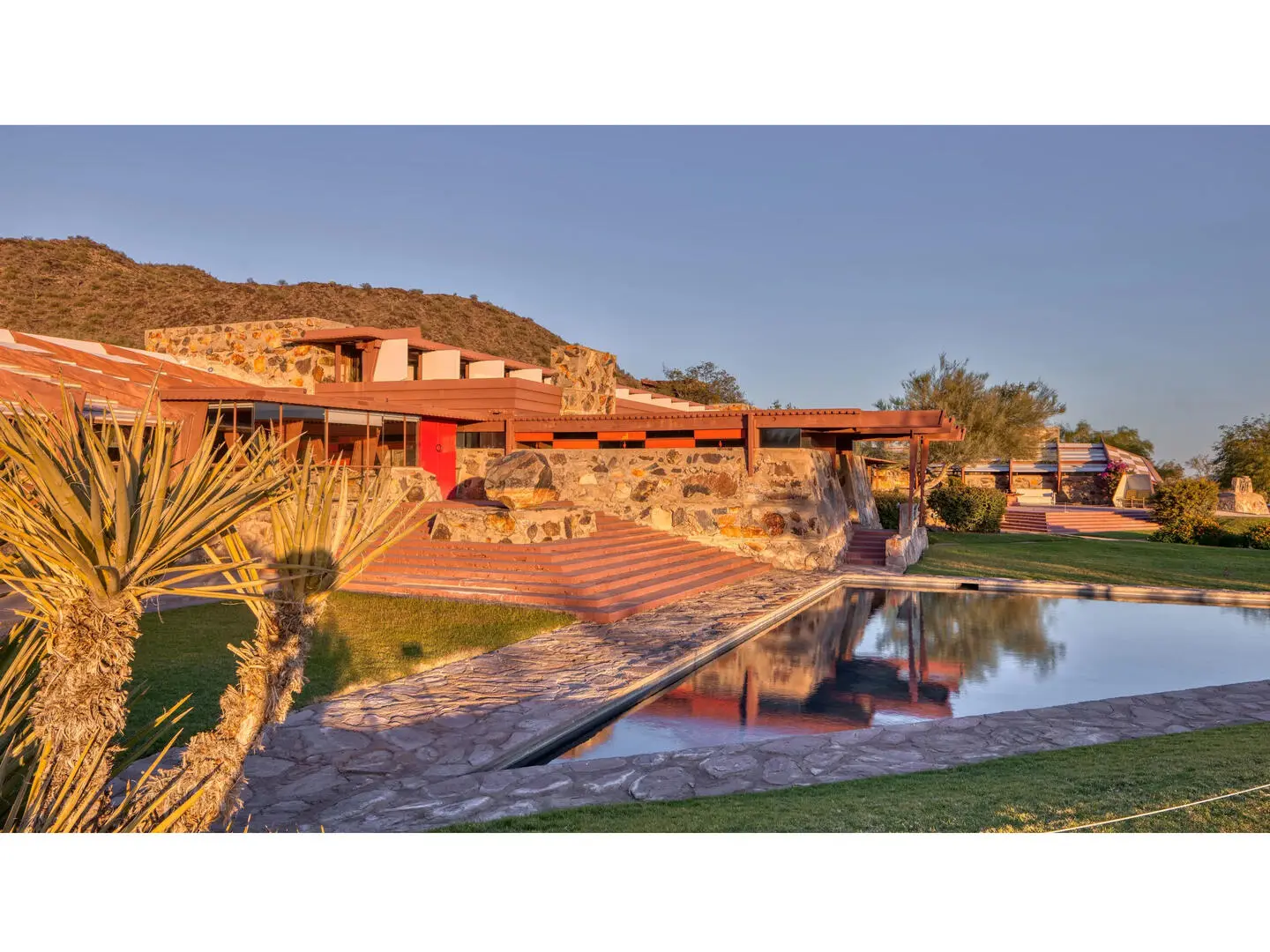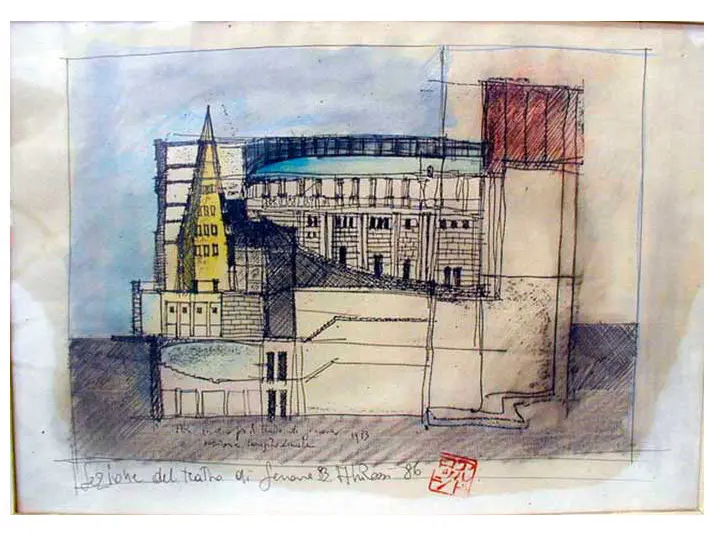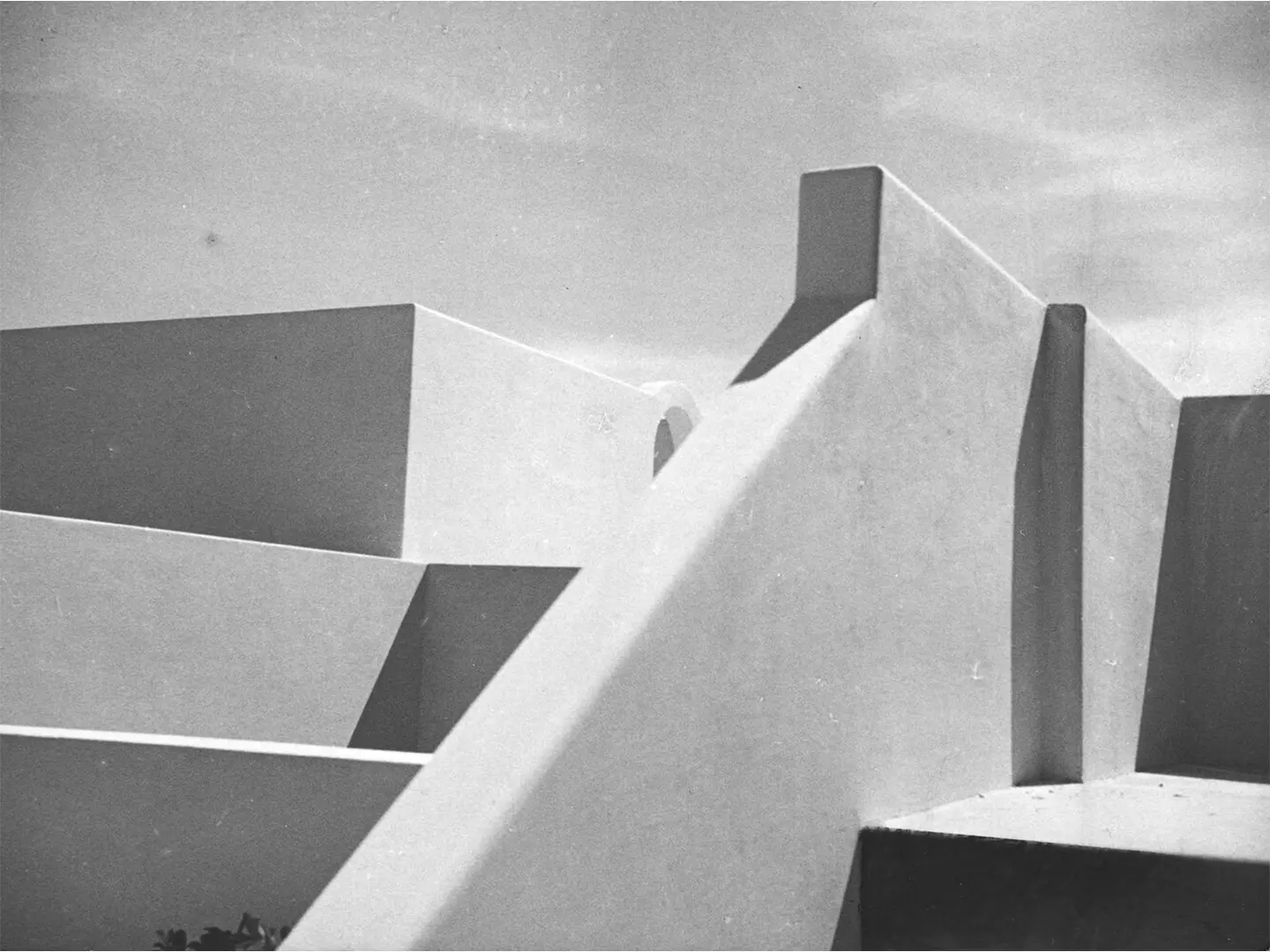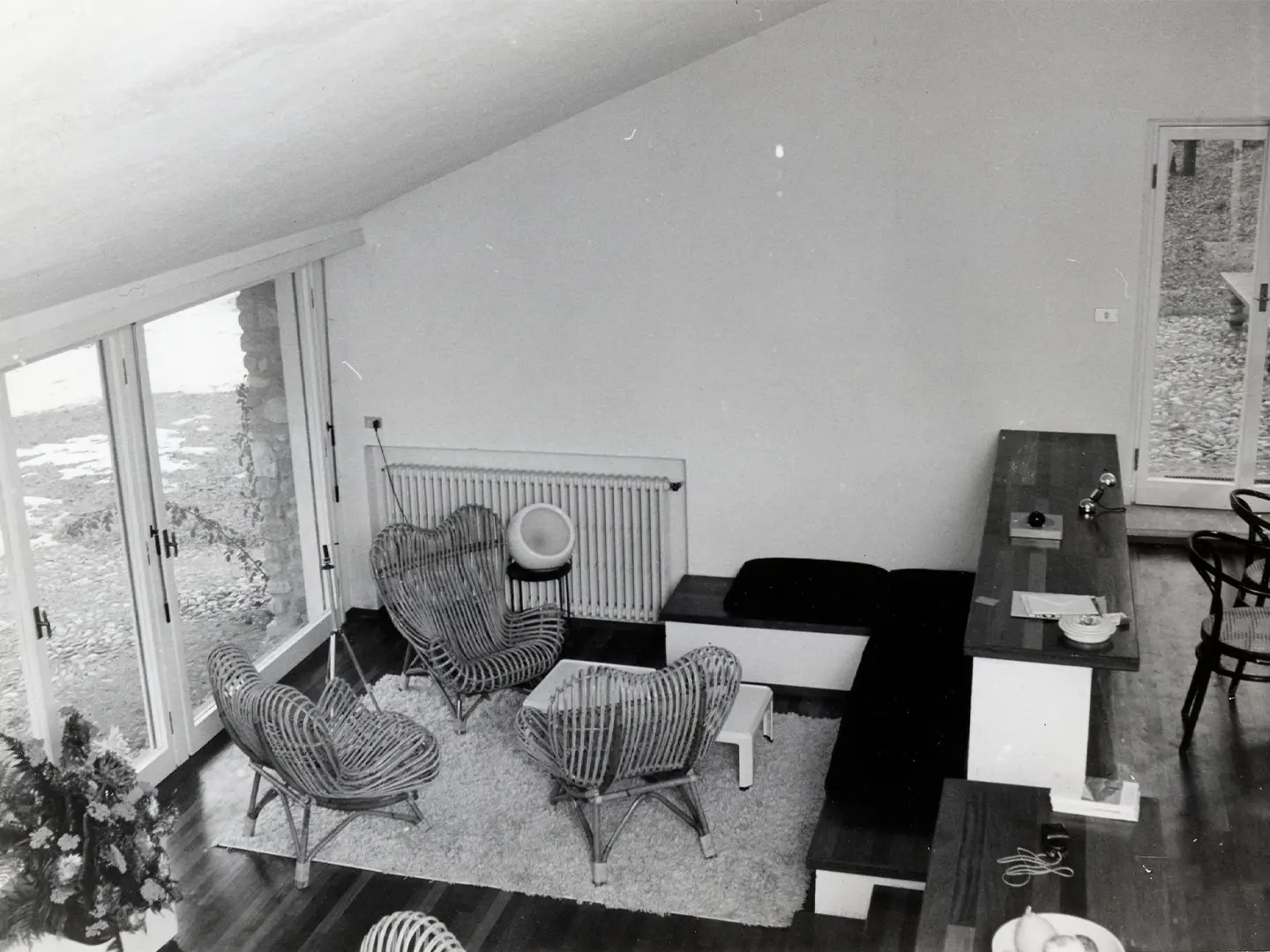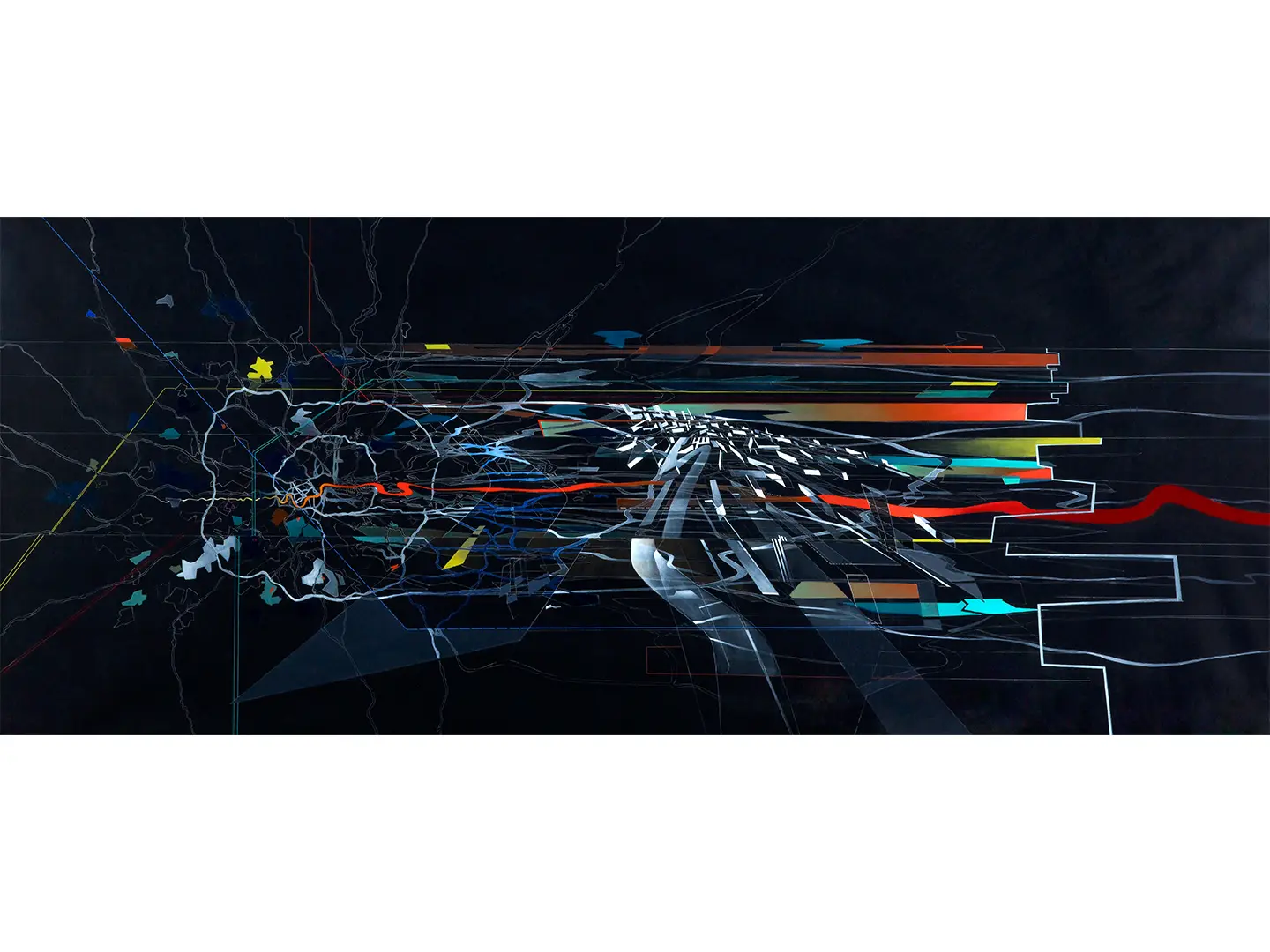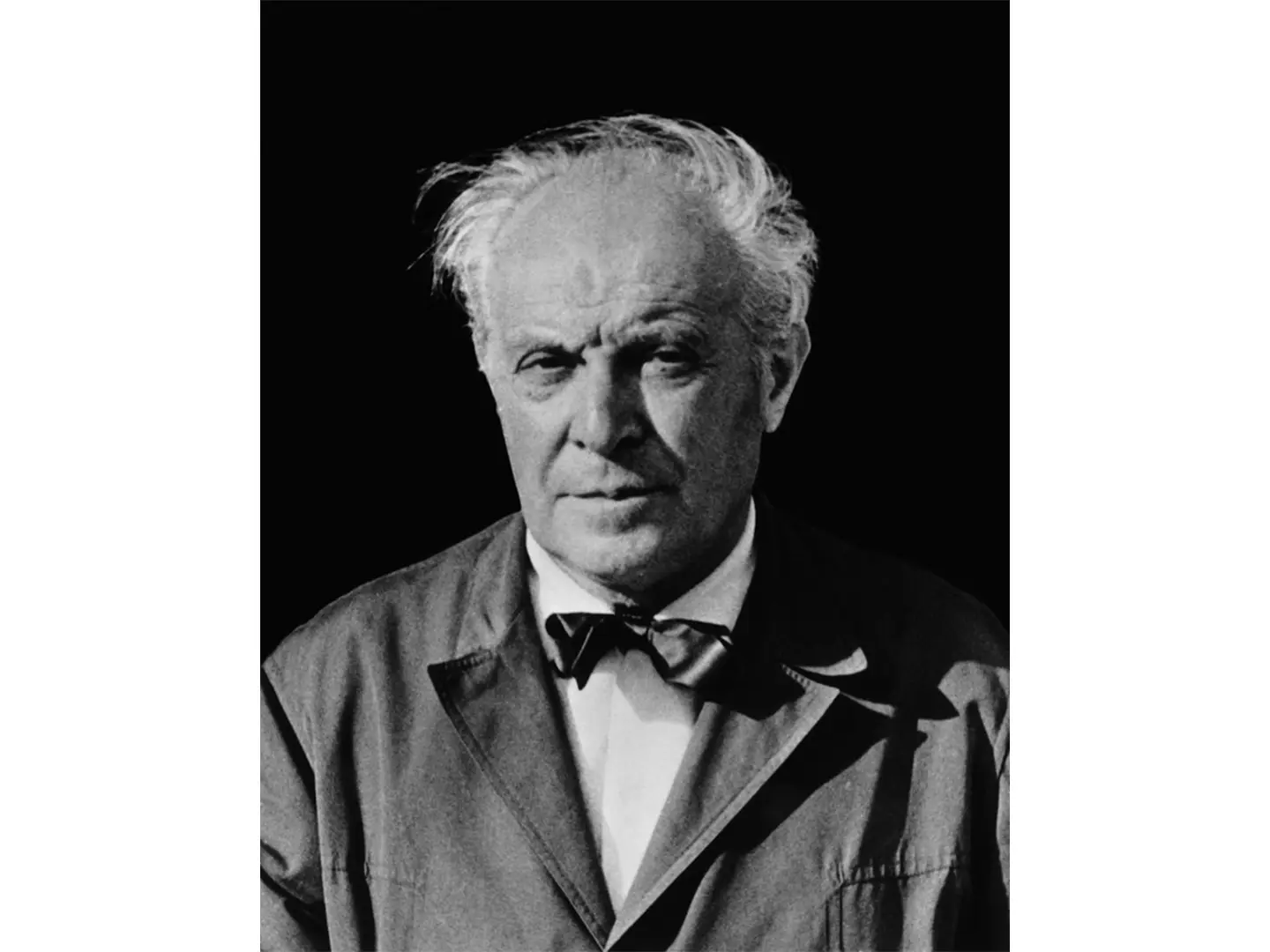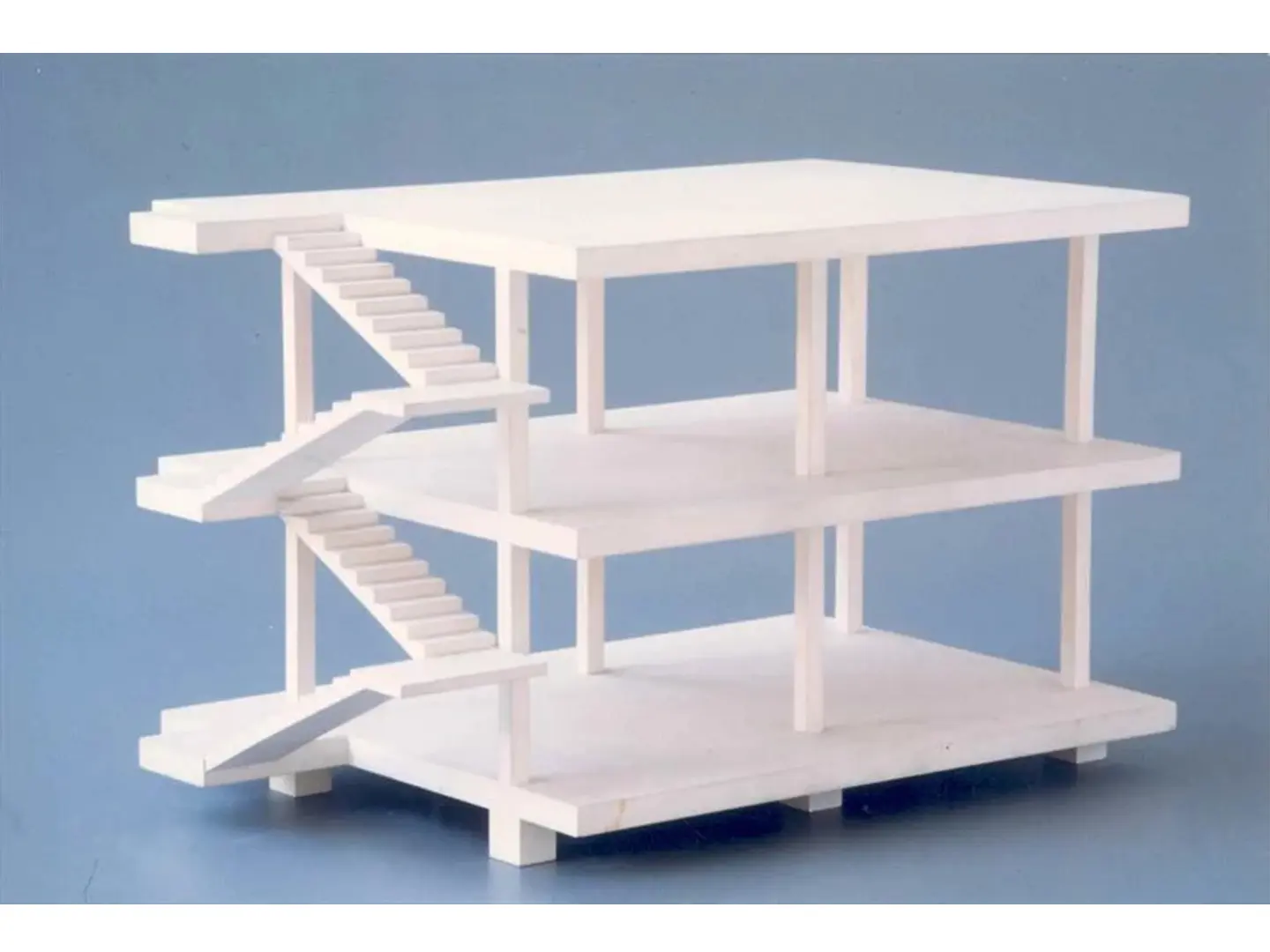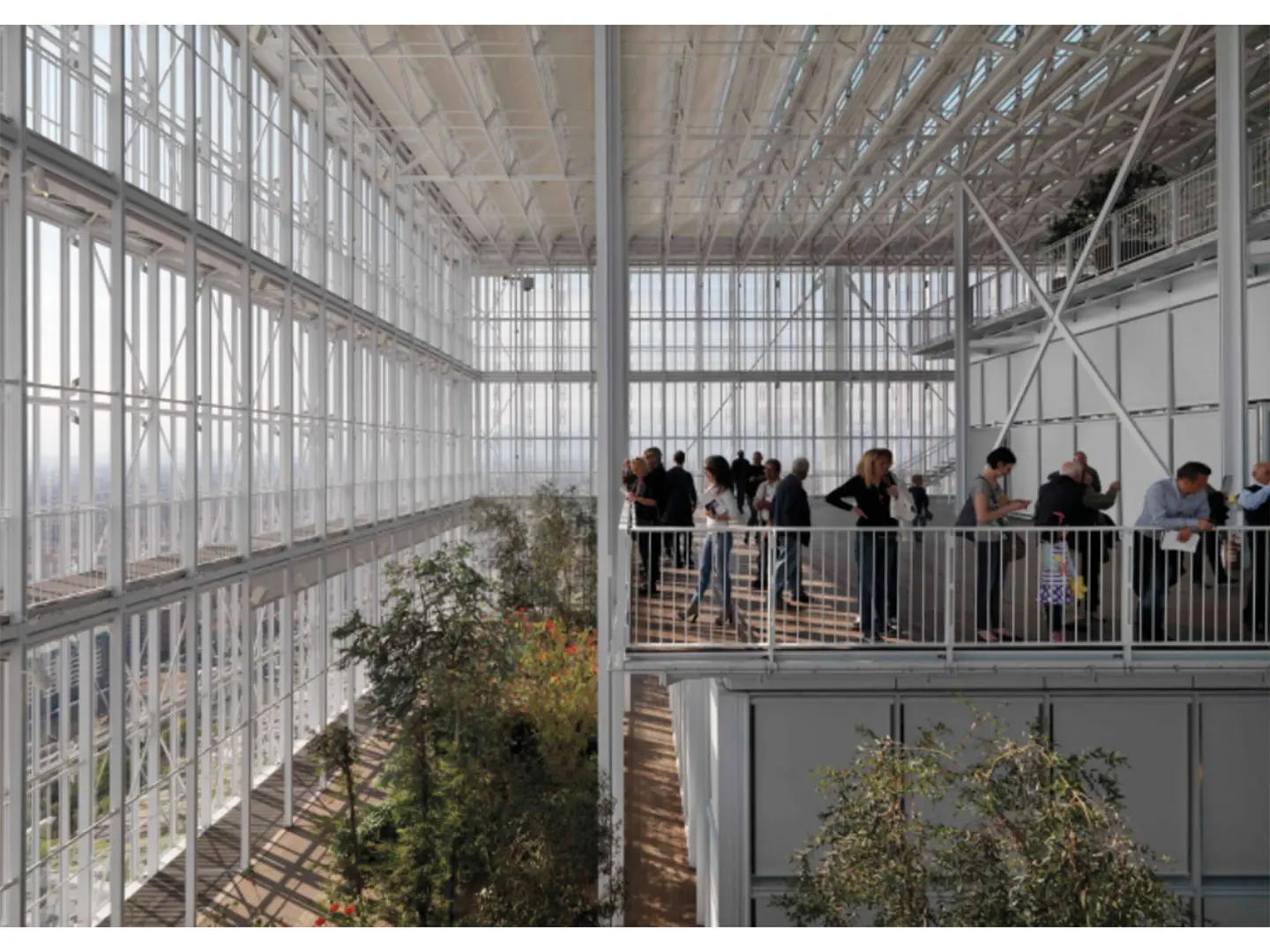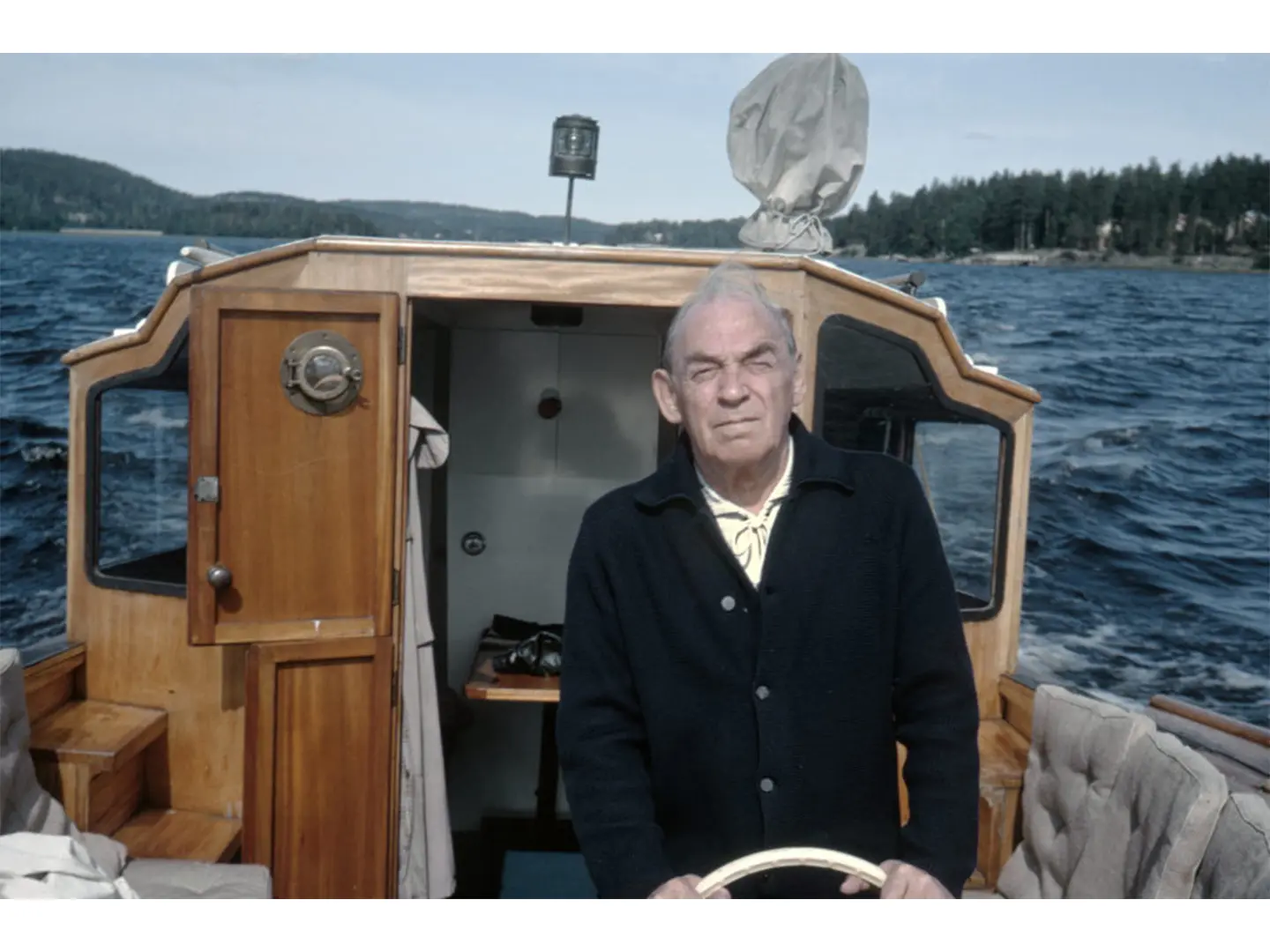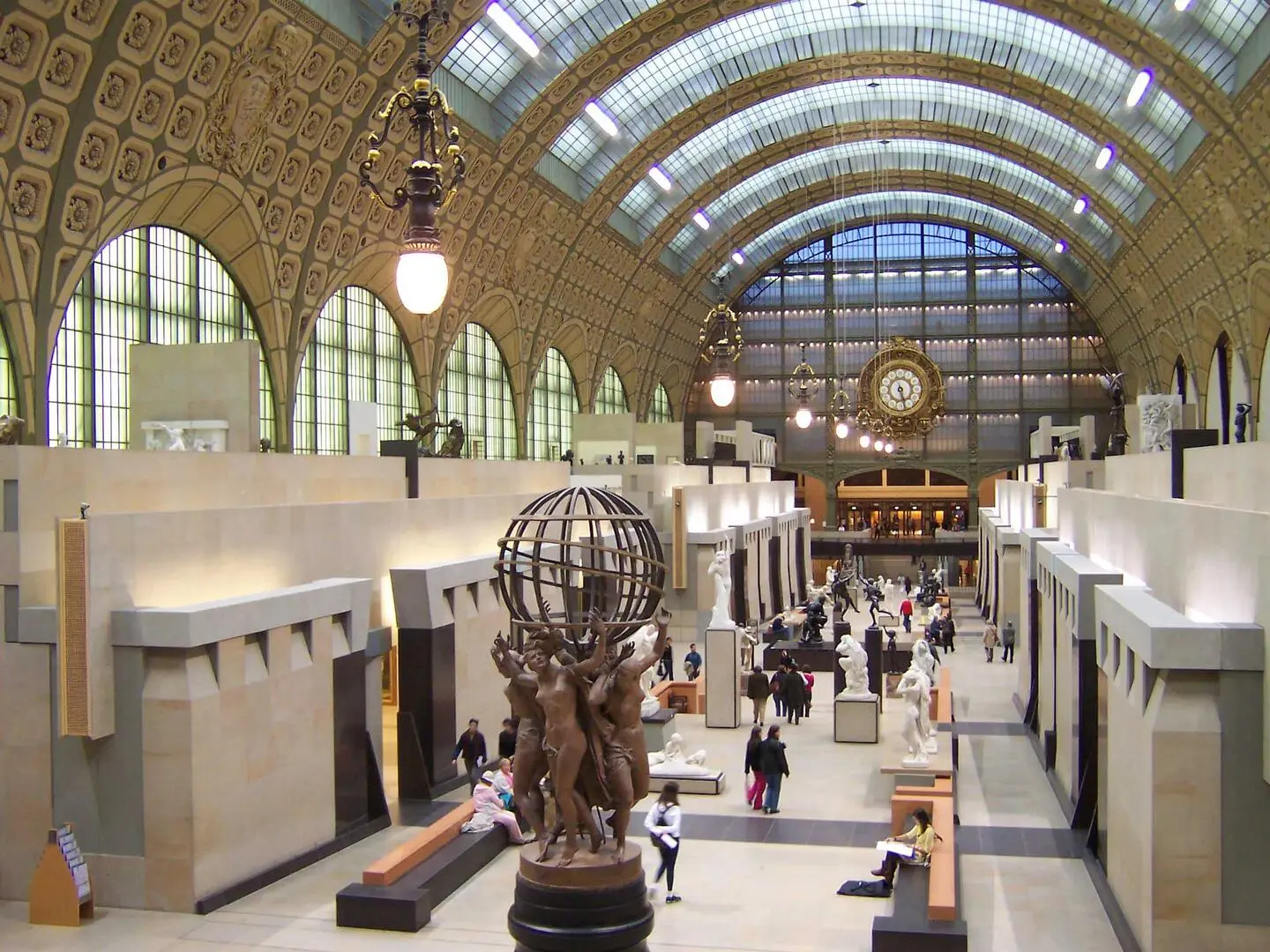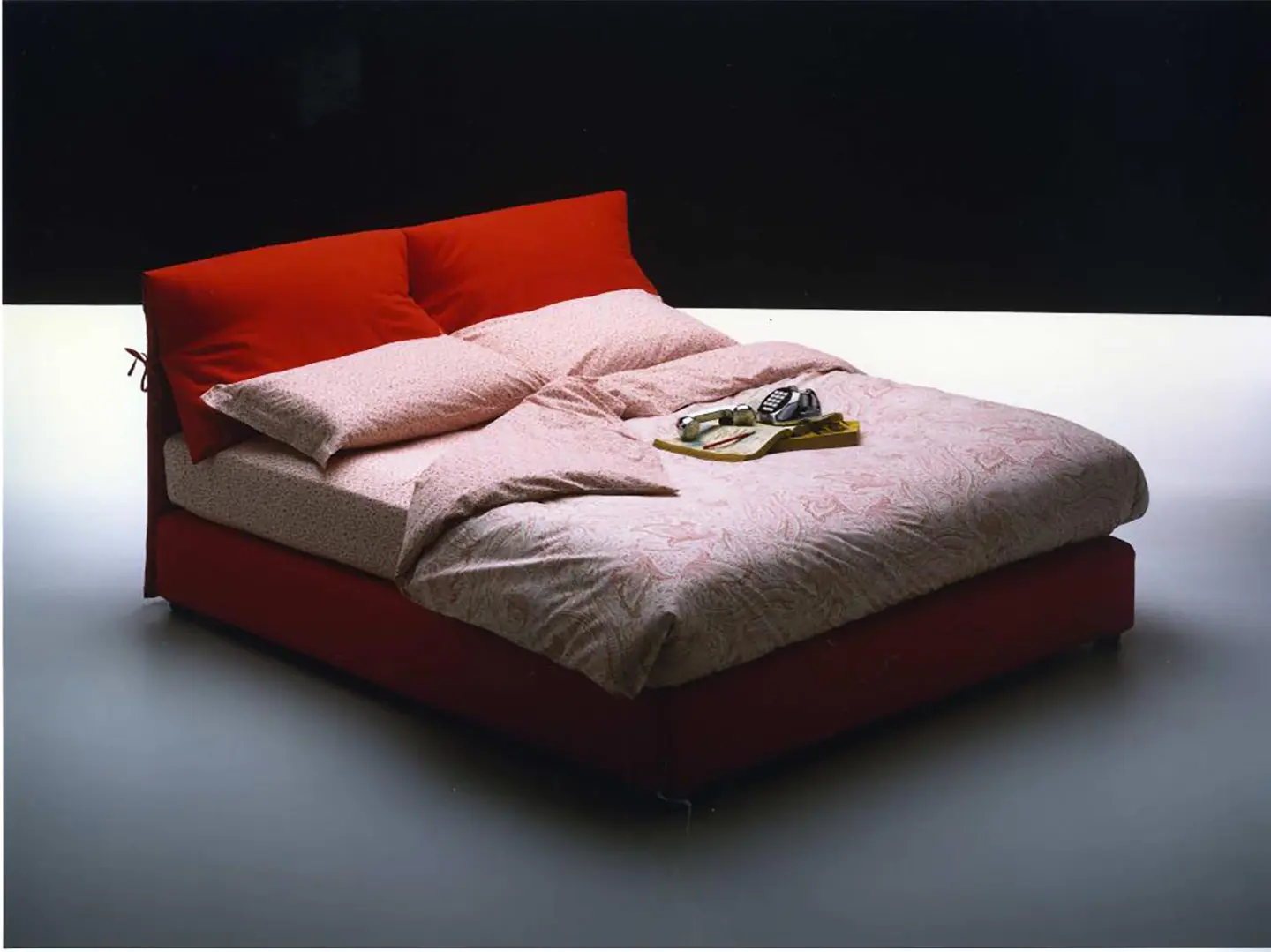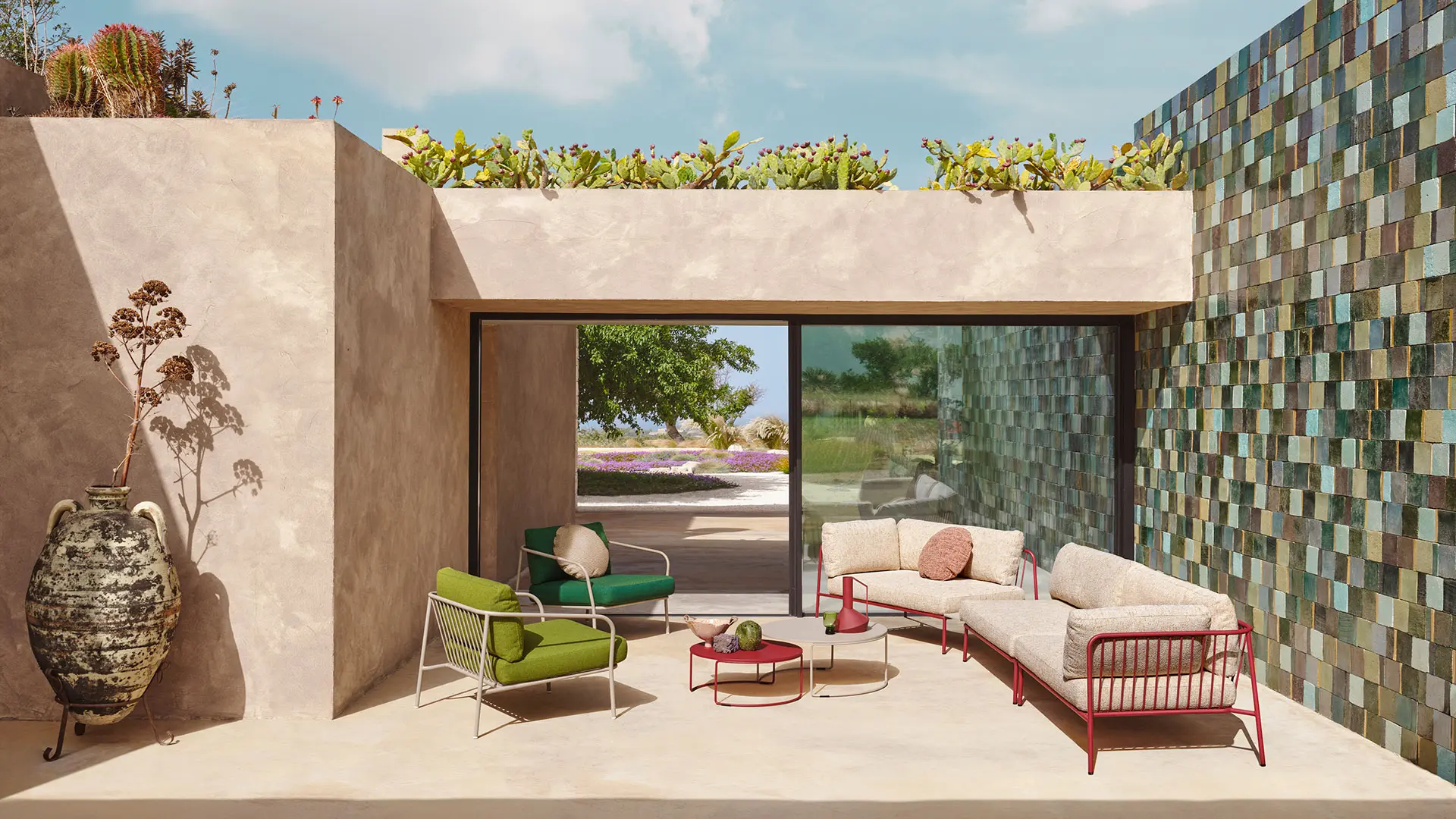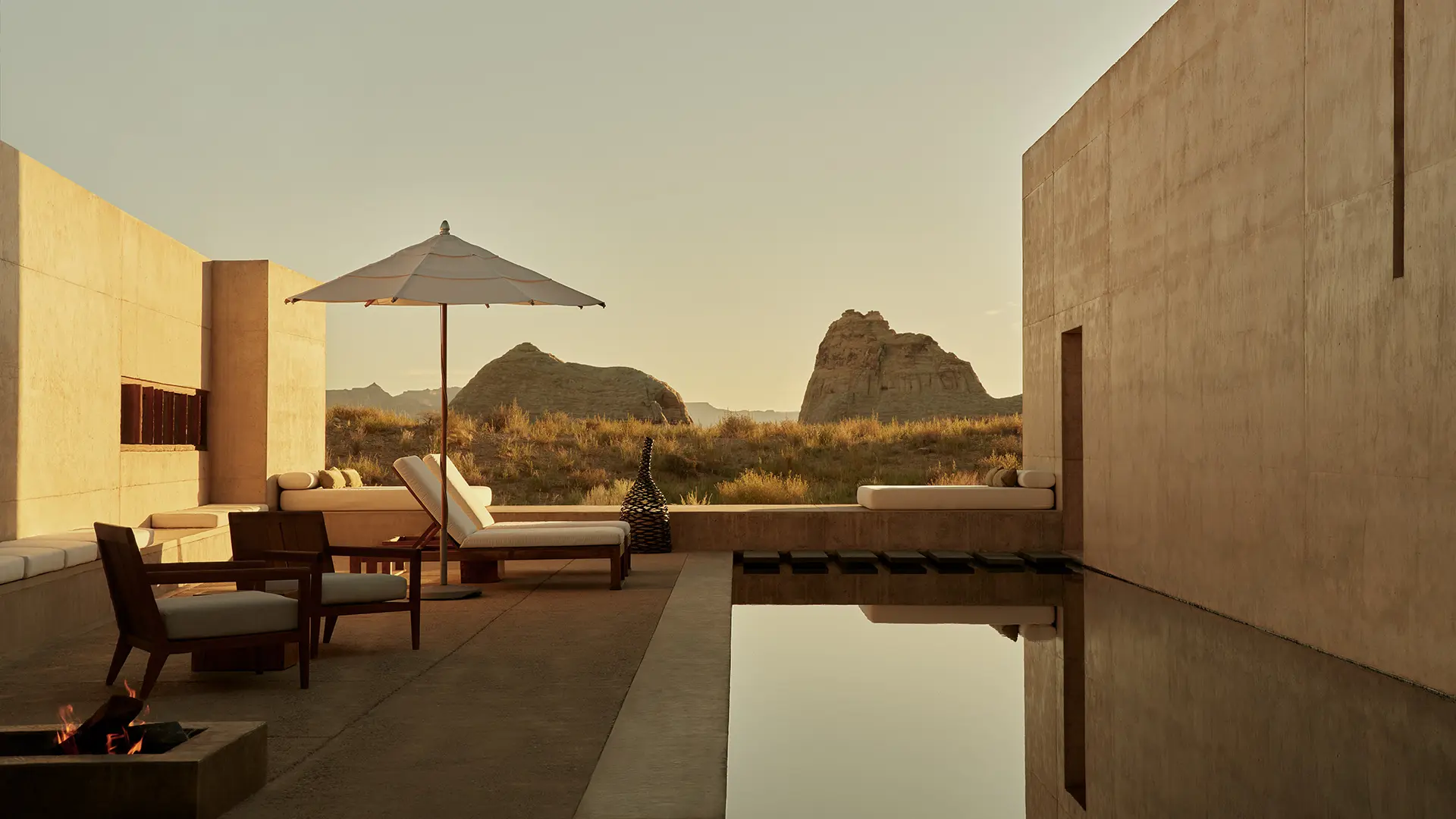Functionality and beauty are ageless. Some objects remain current and iconic over time, even after many years. Anniversaries thus become confirmation of a value that continues to speak to the present
Design masters: archives to visit once in a lifetime
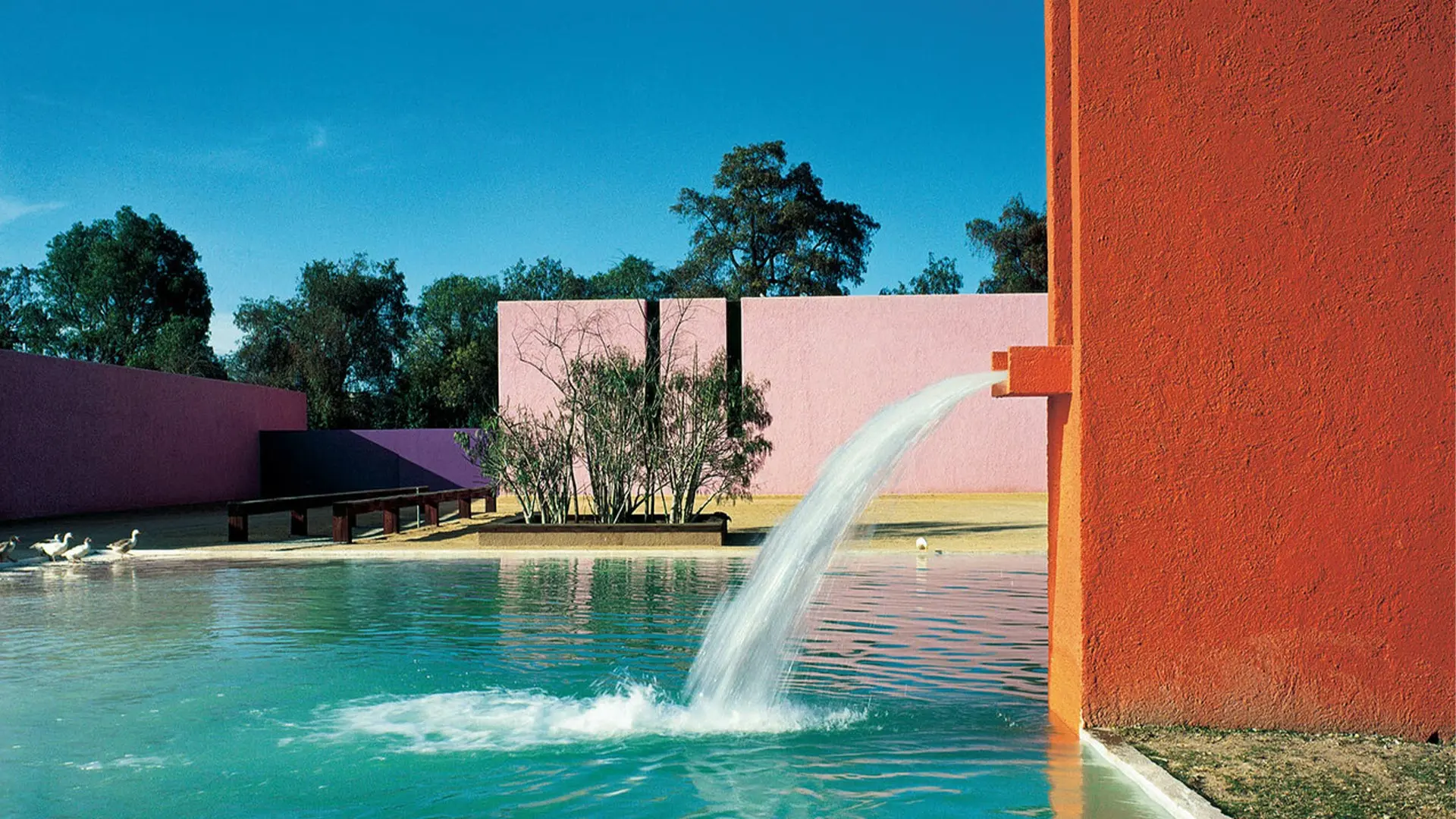
Luis Barragán, Cuadra San Cristóbal, Los Clubes, Atizapán de Zaragoza, 1966-1968 - Ph. Armando Salas Portugal. Barragan Foundation
From Lina Bo Bardi to Achille Castiglioni, here are a series of historical archives to visit or browse online to reignite your love for design and life
What makes a “Master” a master? We have become accustomed to the expression “Great Masters,” and we think of these figures lounging on a distant Olympus. These are actually women and men who knew how to live their lives with fulfillment, and knew how to relate to the world around them with love through their work, leaving a trail of beauty and wonder behind on which we can all still nourish ourselves. This is also possible thanks to the determination of those who today have collected, held together and preserved a fragile treasure, mostly made up of photographs, papers, drawings, films, as well as buildings and objects.
No matter your age, profession, degree of interest in architecture or design: we all inhabit a house, cross a street or sit on a chair. Depending on how we relate to these spaces or objects, according to feng shui, we can attract or repel flows of cosmic abundance. So we may learn from some of the best designers and architects who have been able to combine the deep meaning of life in everyday objects and spaces, generously offering us this synthesis.
We could learn a sense of community from Lina Bo Bardi’s projects in Brazil, Achille and Pier Giacomo Castiglioni’s refined mass production, Frank Lloyd Wright’s holistic vision for which a house could not stand on top of a hill but had to be part of it. Zaha Hadid offered us visions of a fluid and free future where divisions have no meaning to exist, while Luis Barragán revealed sacredness through the union of water and color.
The selection criterion considered ease of access, cohesion and unity of the materials collected in one place or entity. For all the others there are many online collections and archives such as that of the CCA, the Internet Archive, US Modernist, or the NAMA, the National Archives of Modern Architecture of Japan, as well as all the archives of architectural journals, one of them all being the Domus Archive. Here below, a guide to the design masters archives that worth a visit. Safe trip.
A guide to discover the historical archives of architecture and design master
Eames Office
“We began by trying to gain an understanding of family behavior and a vocabulary of materials and techniques, correlated through a logical approach to economics and adapted to an industrialized system of mass production. We agreed that the House must make no insistent demands for itself, but rather aid as a background for life in work” – Charles Eames
Founded in 1941 by Charles and Ray Eames, the Eames Office has made significant contributions to the world of design, and today, eighty years later, it communicates, preserves and extends that legacy. After marrying in June 1941, Charles and Ray moved to California without jobs or real prospects. Arriving in Los Angeles, they quickly made friends and began their career with Richard Neutra. Today, the Eames Office continues to promote and build on this legacy, curating exhibitions and working with the Eames Foundation to preserve the Eames House.
Where: Several locations including the Eames House & Foundation, 203 Chautauqua Boulevard, Pacific Palisades, California 90272.
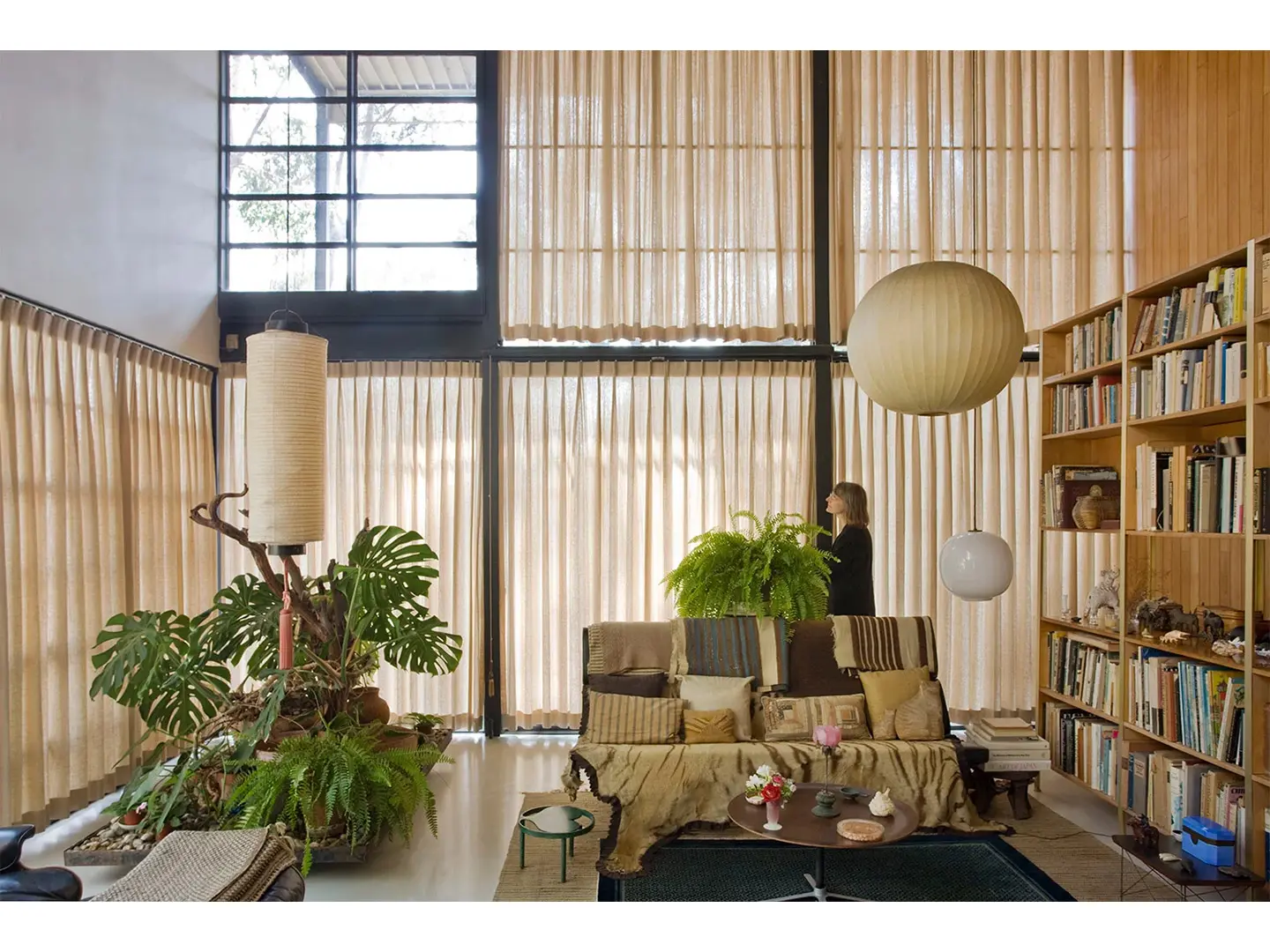
The Eames House - Ph. The Eames Foundation
“If you want to be happy for an hour, get drunk. If you want to be happy for three days, get married. If you want to be happy for a week, kill a pig and give a feast. If you want to be happy all your life, make a garden” – Carlo Scarpa
Between 1958 and 1974, the Castelvecchio Museum was masterfully restored and fitted out by Carlo Scarpa, one of the most important architects and designers of the 20th century. Open to the public, it is possible to visit it and access the Carlo Scarpa Archive inside: it includes historical photographic evidence and technical surveys. The museum tour includes about thirty rooms with works of art and historical objects and the collection of all documentary materials related to the restoration and setting up of the Castelvecchio Museum, including between 1958 and 1974.
Where: Castelvecchio Museum, Corso Castelvecchio 2, Verona.
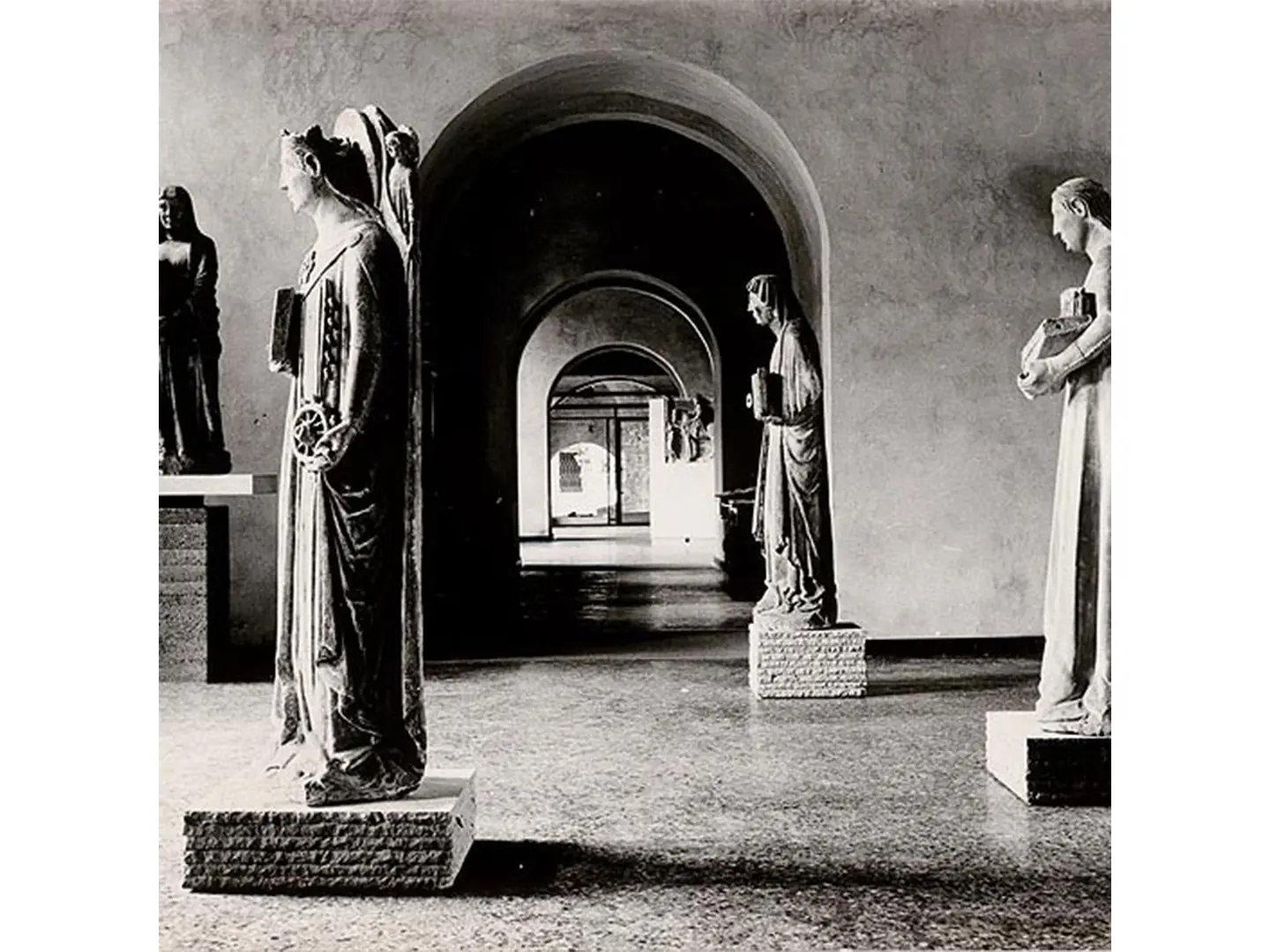
Carlo Scarpa, Castelvecchio, 1958-1974 - Ph. Archivio Carlo Scarpa/Museum of Castelvecchio
“… I never disregard the surrealism of the Brazilian people, their inventions, their pleasure in gathering together, dancing, singing. Therefore I dedicated my work at Pompéia to the youngsters, to the children and to the third age: all together” – Lina Bo Bardi
The archives of Lina Bo and Pietro Maria Bardi witness decades of dedication to culture, architecture, design and the arts, revealing a genuine interest in Brazilian culture and a historical moment in the 20th century. Housed in the Casa de Vidro in São Paulo, which was once their home that has now become a museum, it is divided between Fondo Lina Bo Bardi and Fondo P. M. Bardi. It includes drawings, documents, texts, photographs, films, notes, models, artwork, more than 15,000 photographs and Brazilian folk objects. Accessible by reservation only, the archive also has a library with books on art, architecture, politics, philosophy and other disciplines. Many works have also been made accessible online.
Where: Rua General Almério de Moura, 200, Morumbi, São Paulo.
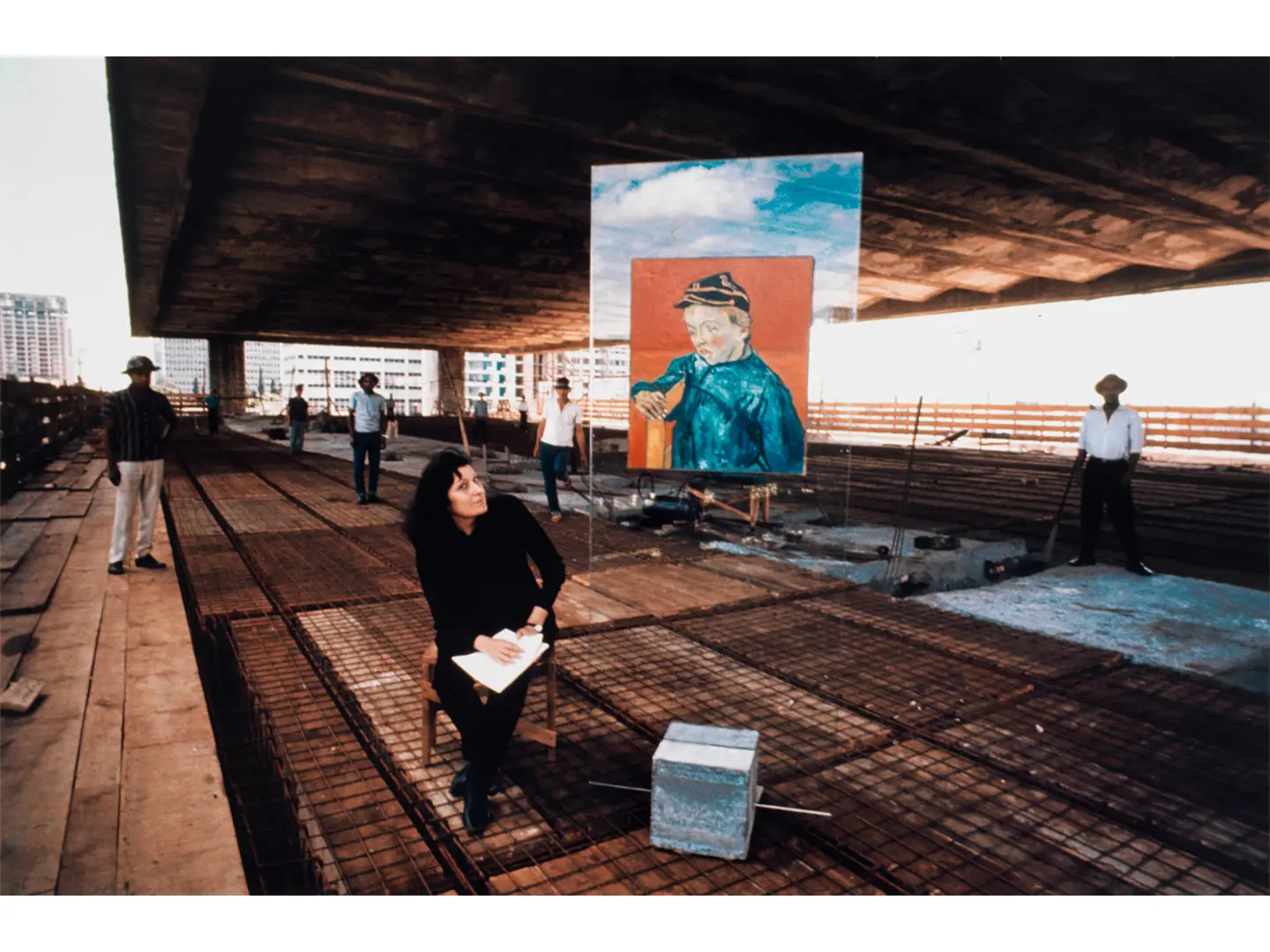
Lina Bo Bardi in front of a glass display during the construction of MASP, 1967 - Ph. Lew Parrella Instituto Bardi – Casa de Vidro
“Experience does not give certainty nor security, but rather increases the possibility of error. I would say it is better to start over each time with humility so that experience does not risk turning into cunning” – Achille Castiglioni
In 2011, Achille Castiglioni’s heirs signed an agreement with the Milan Triennale to open the Achille Castiglioni Studio Museum to the public and maintain his archive. Given its success – visitors to date 2024 are 89,000 – the family created the Achille Castiglioni Foundation in 2014 “to catalogue, sort, archive, and digitize the projects, drawings, photos, models, films, lectures, objects, books, magazines, in short, the whole world within which Achille worked during more than 60 years of activity, first with his brother Pier Giacomo, then since 1968, alone,” as the Foundation declares. The studio, located right in front of Milan’s Castello Sforzesco, is a real gem and can be visited almost every day with guided tours. Every year, the Achille Castiglioni Foundation promotes through temporary exhibitions Castiglioni's design method.
Where: Piazza Castello, 27, Milan.


